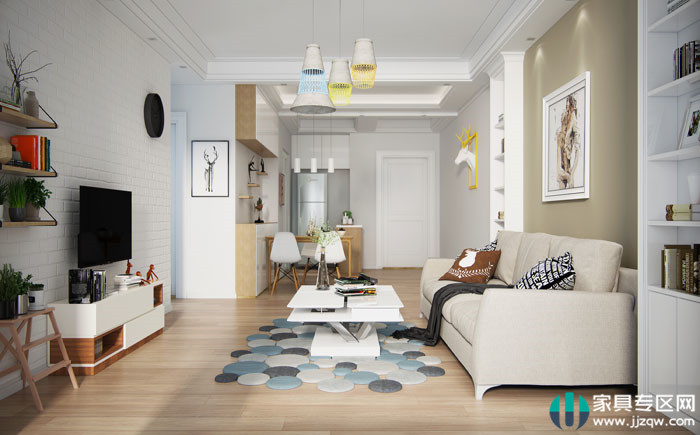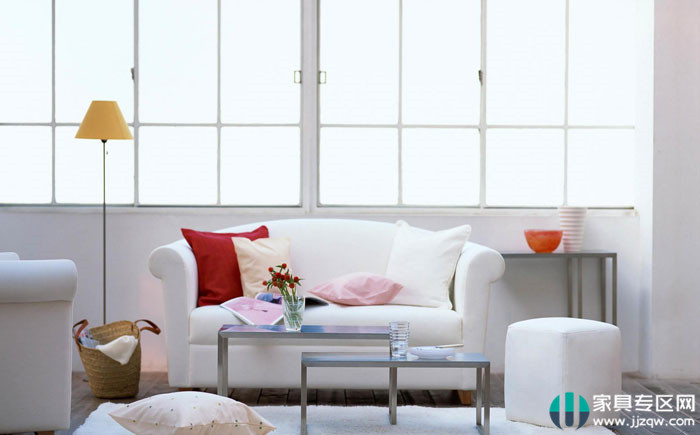Introduction to basic common sense about exterior wall insulation materials
Recently, many friends asked what is the external wall insulation material? What are the external wall insulation materials? And so on. In the face of these doubts, the author specially took the time to sort out the basic common sense about the exterior wall insulation materials. Below we introduce the exterior wall. What are the insulation materials? First, we can divide the external wall insulation materials according to the materials: 1. Organic insulation materials: Such as straw, rice husk, sugar cane fiber, softwood kapok, wood chips, shavings, wood fiber and its products. Advantages: These materials have small bulk density, wide source, and most of them are inexpensive, but have high hygroscopicity, are perishable after damp, and are easily decomposed or burnt at high temperatures. 2. Inorganic insulation materials: Minerals include mineral wool, expanded perlite, expanded vermiculite, diatomaceous earth gypsum, slag, glass fiber, rock wool, aerated concrete, foam concrete, pumice concrete and other products, chemically synthesized polyester and synthetic rubber. Polystyrene, polyvinyl chloride, polyurethane, polyethylene, urea-formaldehyde and foamed hard acid esters and the like. Advantages: This kind of material does not rot, has good high temperature resistance, is partially hygroscopic, is easy to burn, and is more expensive. 3. Metal insulation materials: Mainly aluminum and its products, such as aluminum, aluminum foil, aluminum foil composite light board. It uses the radiation characteristics of the surface of the material to achieve thermal insulation performance. Advantages and Disadvantages: Materials with this type of surface properties hardly absorb the heat incident on it, and the ability to radiate heat outward is also small. Such materials are less expensive and more expensive. Second, according to the shape of the material to divide the external wall insulation materials can be divided into: 1. Loose insulation materials: Such as slag, water slag, expanded vermiculite, mineral wool, rock wool, expanded perlite, wood chips and rice husks, etc., it should not be used for vibration and envelope structures. 2. Overall thermal insulation material: Generally, loose insulation materials are used as aggregates, casting or spraying surfaces, such as vermiculite concrete, expanded perlite concrete, fly ash ceramsite concrete, clay ceramsite concrete, pumice concrete, slag concrete, etc. It still has some properties of the original loose material, good integrity and convenient construction. 3, plate insulation material: Generally loose loose insulation materials or chemically synthesized polyester and synthetic rubber materials, such as mineral wool board, slate, foam board, cork board and organic fiber board (wood board, particle board, straw board and sugar cane board) In addition, there is also a foam concrete slab, which has some properties of the original loose material, simple processing and convenient construction. High-quality Stainless Steel Pet Bowl ~~~ Pet Bowl,Stainless Steel Pet Bowl,Plastic Pet Bowl,Dog Food Bowl SY INTERNATIONAL (CN) CO.,LTD , https://www.symanufactures.com

Different like the Regular Plastic Pet Bowl, our High-Quality stainless steel bowl can effectively reduce bacterial growth.
Different like the Regular Plastic Pet Bowl, the edge of our bowl is made with silicone, it's rolled up to prevent the dog food from spilling.
Besides, the size and color can be customized according to your requirements.
We assure you the best services!
